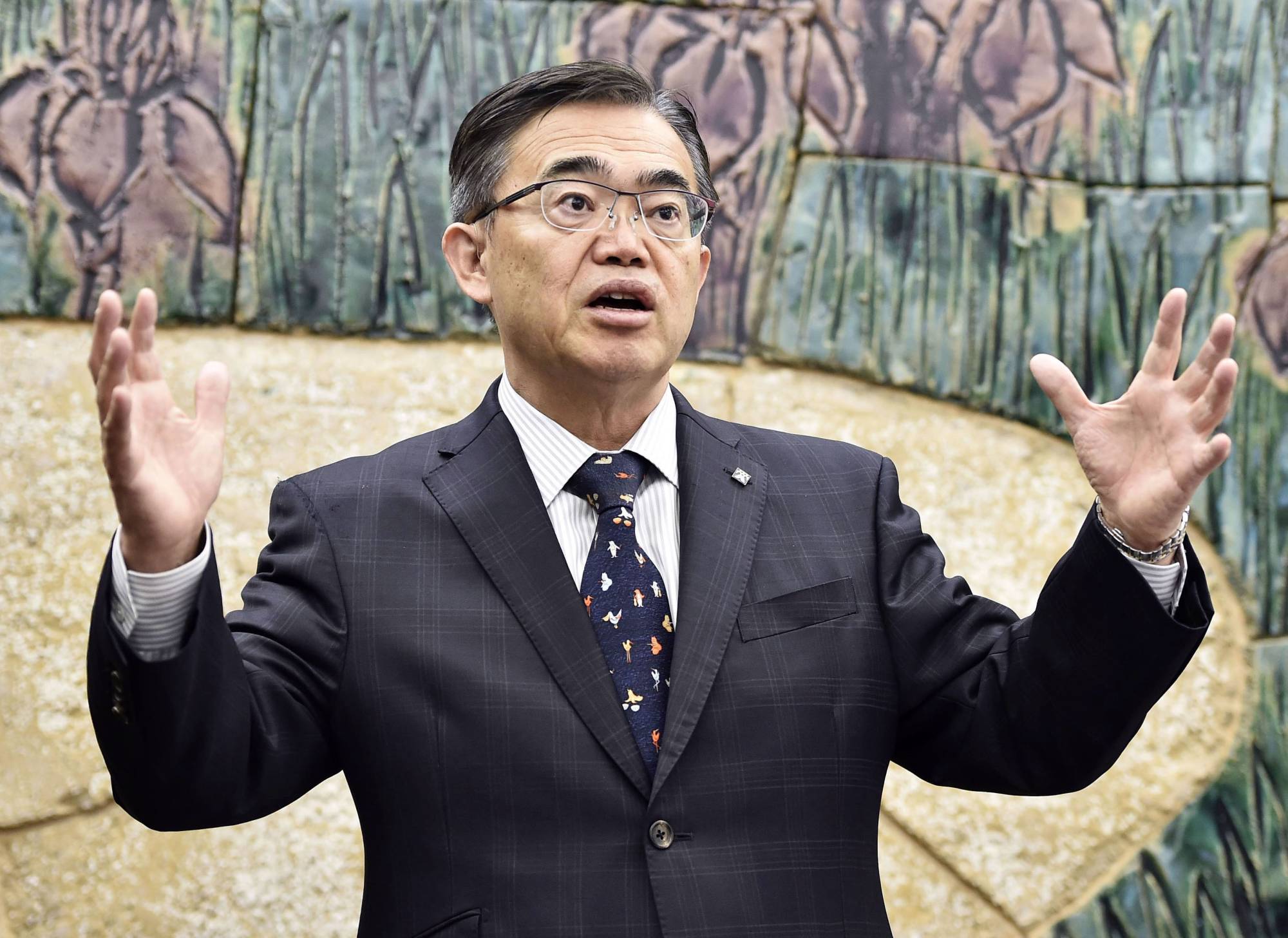The Aichi Triennale 2019 arts festival appears to live on in infamy. When it opened in Nagoya, it was immediately blasted for a section entitled "After 'Freedom of Expression?,'” which duplicated a 2015 Tokyo art exhibit featuring works that were previously removed from public display after being castigated by right-wing elements, mainly for their depictions of historical matters. The section was eventually shut down over security concerns, an act that resonated for months in the national and international press, which questioned Japan's approach to freedom of expression.
The controversy re-entered the news cycle last year when a petition was launched to recall Aichi Gov. Hideaki Omura, head of the triennale committee, for allowing the exhibit, which the petition authors claimed hurt the feelings of his constituents. The campaign ended abruptly in November, well short of its goal, when rumors circulated that many of the names collected so far had been forged. On Feb. 16, two regional newspapers — the Chunichi Shimbun and Nishinippon Shimbun — published a story about the organization behind the alleged fraud, one day after the Aichi prefectural election administration committee filed a criminal complaint with the police claiming that more than 80% of the 435,000 names were faked.
The head of the recall effort is plastic surgeon and reactionary firebrand Katsuya Takasu. Major media, which benefit from Takasu's copious advertising purchases to publicize his clinic, tend to treat him gingerly.



